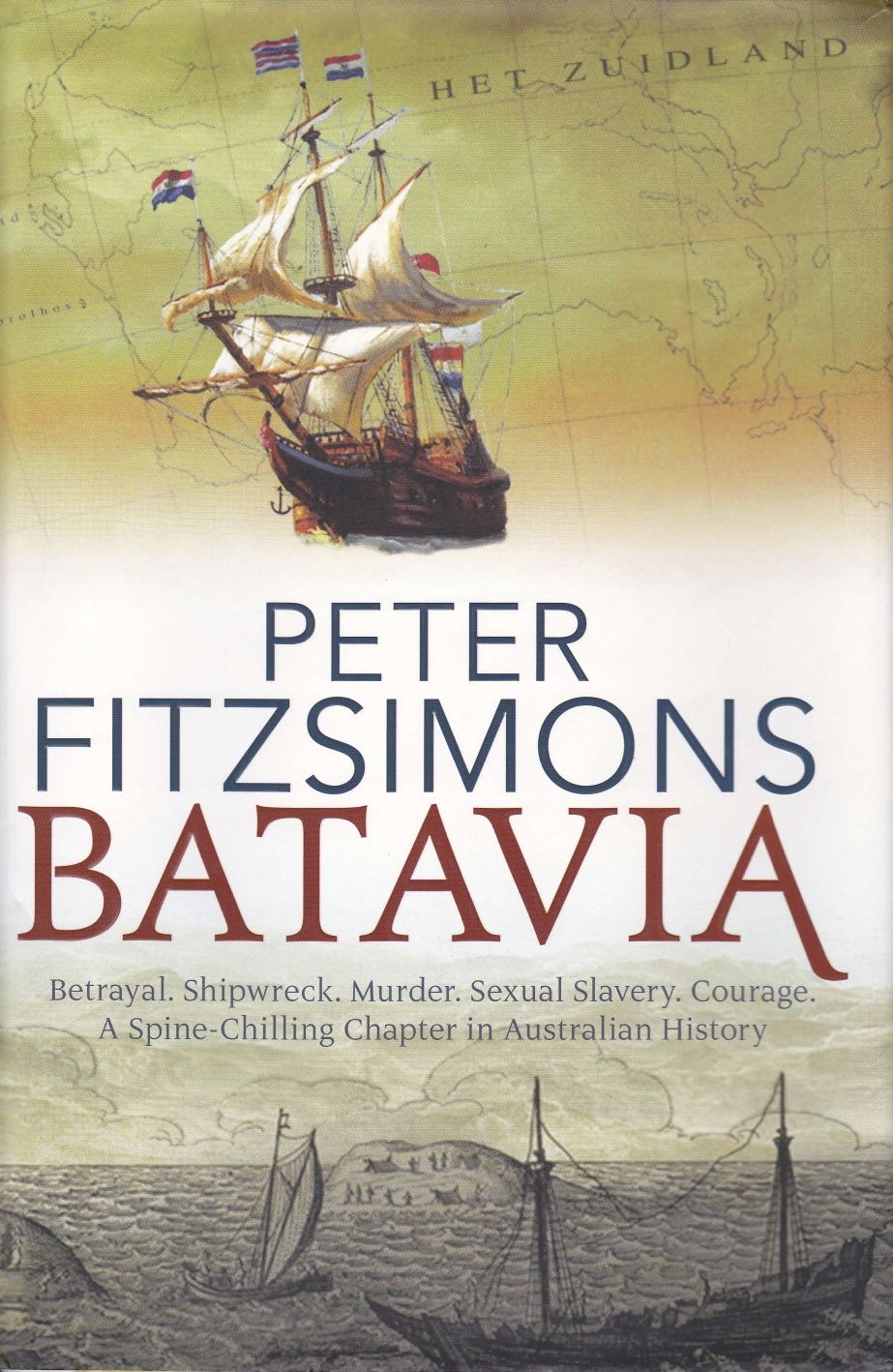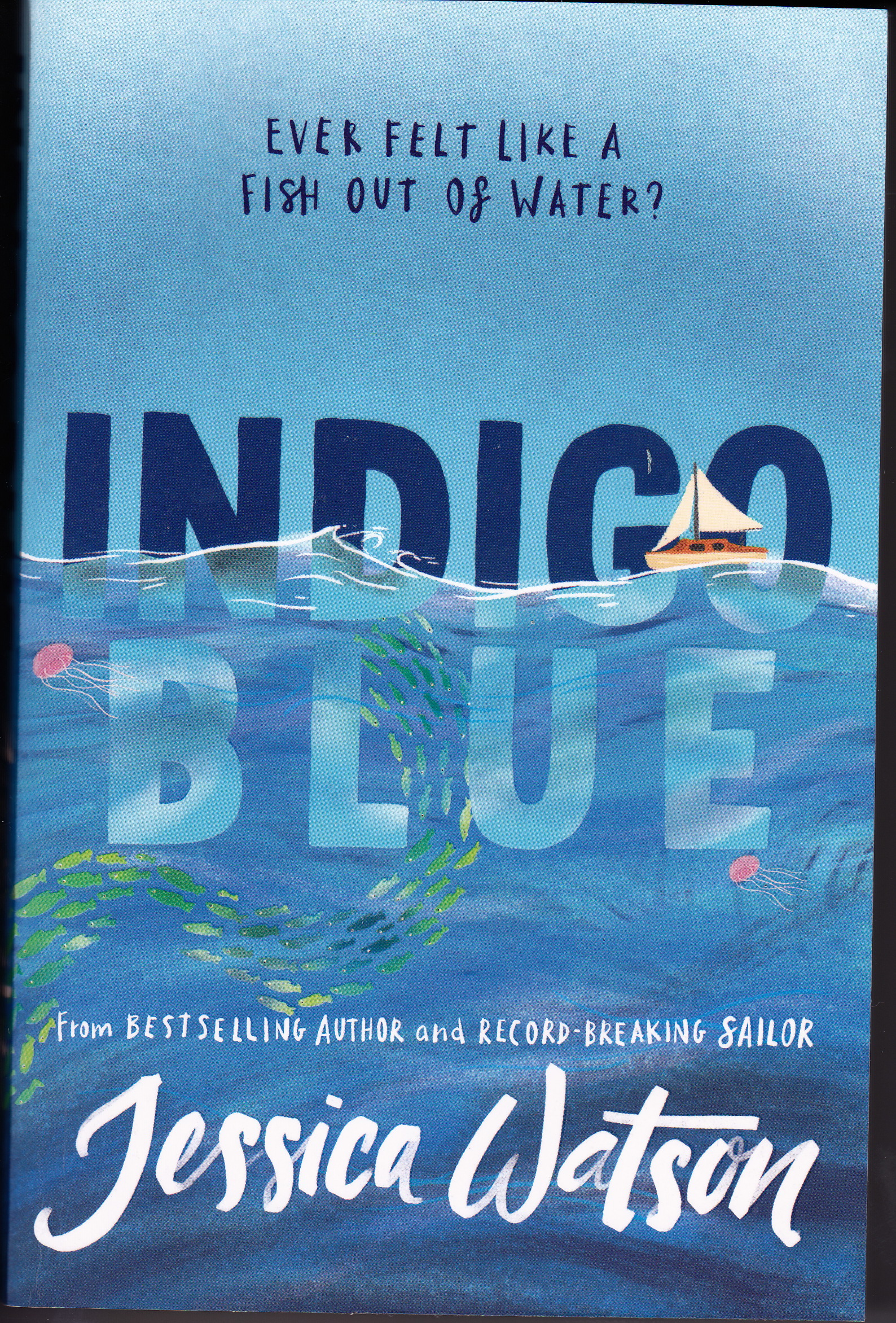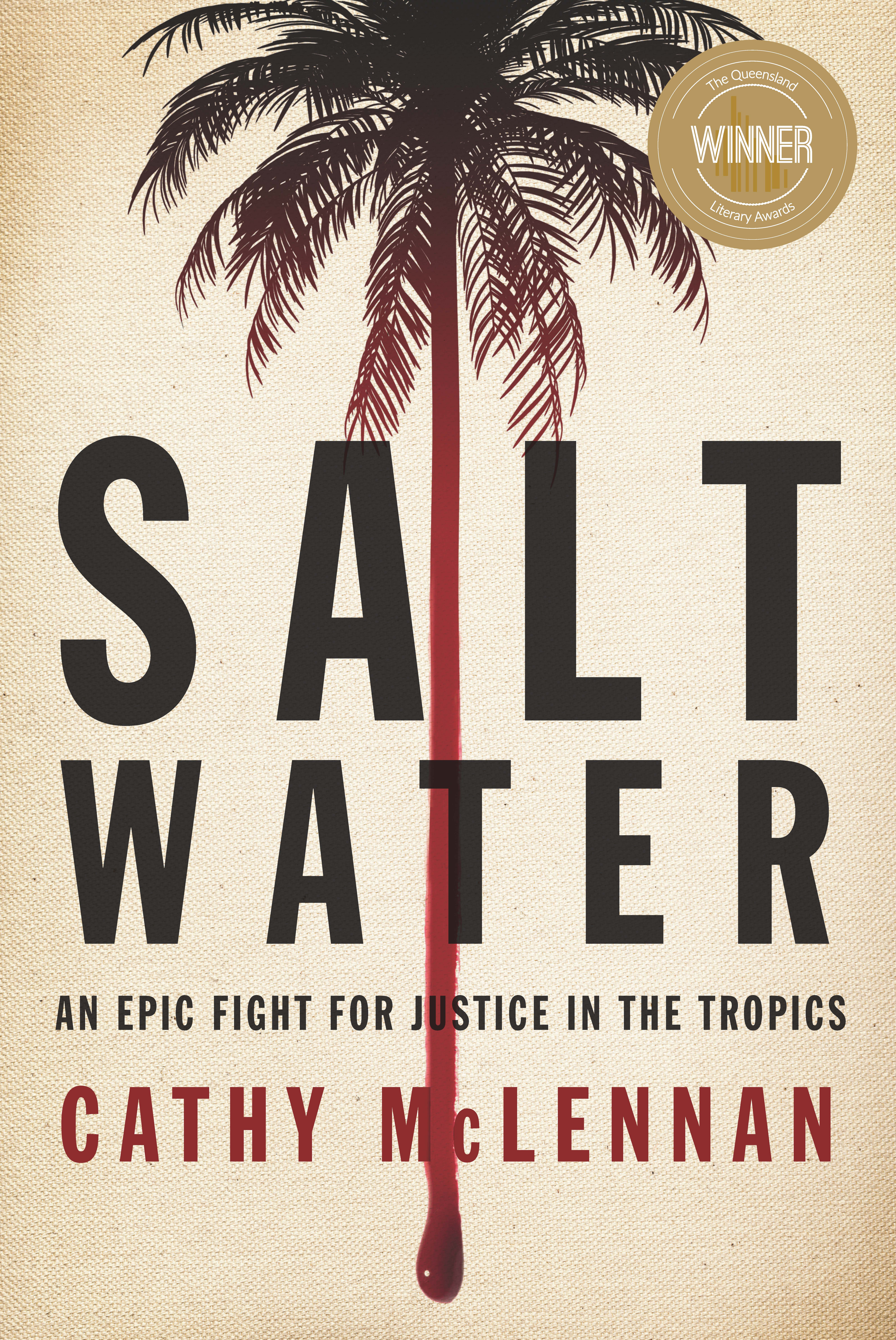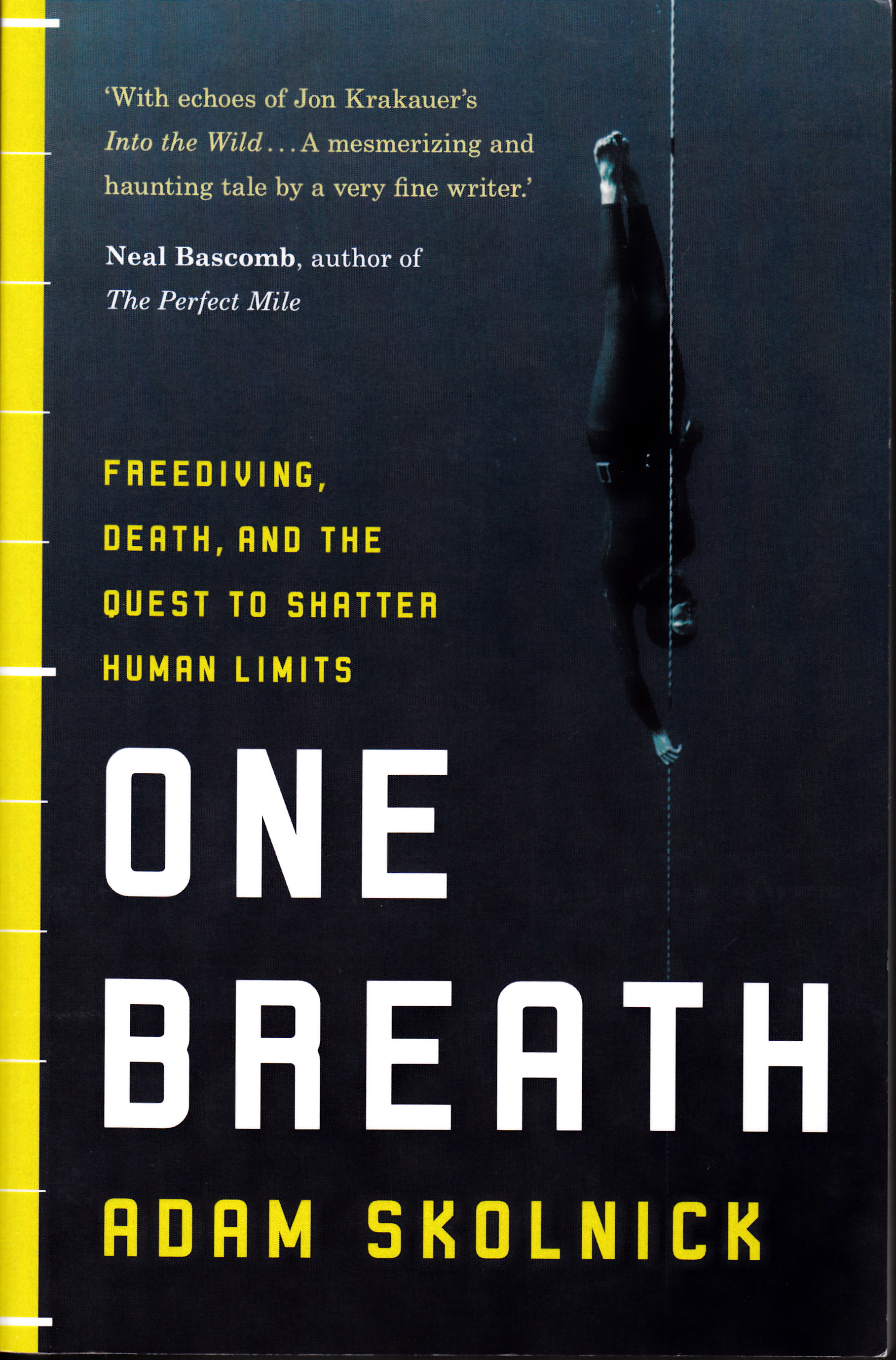A saga of shipwreck, murder, slavery and courage
His name still appears on the cover slightly smaller than the book’s title but if it were not for the stellar sales of his previous books, it would be surprising if Peter FitzSimons’ Batavia had seen the light of day.
More than 10 years from conception to publication, his book now follows at least two other well-regarded books published in that time on the same subject – the authoritative Batavia’s Graveyard by Mike Dash and the spare, thoughtful The Wreck of the Batavia by Simon Leys – and an opera, Batavia (libretto by Peter Goldsworthy and music by Richard Mills). An author with less drive or clout would have given up on the Batavia story but FitzSimons, with more than 20 books ranging from biography to battle stories under his belt, was not deterred.
If FitzSimons’ historical oeuvre consists of stories that have been well known to previous generations rewritten for the benefit of the present, to paraphrase one of his own remarks, Batavia is a perfect fit.
FitzSimons had an extra mission: to make it “read like a novel, while not limiting myself to only the few precise details of the story that have survived the four centuries – most particularly when even those primary documents are sometimes contradictory as to what happened”. Nevertheless, he says in his preface, he “framed this book so as to keep between the tight latitudes of the historical record, while still affording myself a little room to manoeuvre within those parameters”.
FitzSimons’ subject, the wrecking of the Dutch East India Company ship Batavia in 1629 and the subsequent slaughter of 125 of the survivors on the Houtman Abrolhos off Western Australia was, as his book’s cover suggests, a saga of shipwreck, murder, sexual slavery and courage.
The Batavia was on her maiden voyage to the citadel she was named for (Batavia is now Jakarta) when she ran aground on the reef of the Abrolhos. With three masts holding just under 9000 square feet of sail, and elaborately decorated with the gargoyles intended to keep this kind of misfortune at bay, she had sailed from Texel in the Netherlands carrying an extremely valuable cargo in silver coins as well as jewels and other treasures, and supplies for the colony. She was in the company of seven other ships but the Gravenhage limped back into port with storm damage shortly after departure and, after they had rested at the Cape of Good Hope, Batavia became separated from the others as she crossed the Indian Ocean.
The ship had the split command that was common in the Dutch East India Company fleet - her skipper, Ariaen Jacobsz, was answerable to the company’s representative on board, the Dutch East India Company veteran trader in the East Indies and India, Francisco Pelsaert. The two had a bitter history. On a previous voyage from India to Amsterdam Pelsaert had caught Jacobsz engaging in private trade which was forbidden on company ships.
FitzSimons skilfully creates the growing tension between them and the plotting of a mutiny by the skipper and Pelsaert’s deputy, the bankrupt apothecary Jeronimus Cornelisz who had charmed his way into the job as the Company scrambled for people to fill positions on the ships leaving for the east. The plan, which included several of the crew, was to take over the ship, and the treasure, and make themselves rich. Jacobsz, still plotting, was on watch when the Batavia crunched her way onto the reef.
Unlike the trading ships of other countries, the ships of this fleet were carrying women, some accompanying husbands who were on their way to spend years in the Dutch centres of the east, and some, like Lucretia Jans, accompanied by a woman servant, who was on her way to meet her husband there. On the Batavia alone were 22 women in the complement of sailors, soldier, craftsmen and passengers which different accounts place somewhere between 316 and 341.
In the days following the wrecking at least three of these women, including Jans’ maid Zwaantje Hendrix, who had become the lover of Jacobsz, were on the longboat searching for water with at least 45 of the men including Pelsaert, Jacobsz, most of the ship’s officers, some crew and passengers. Having gone first to the other islands of the Abrolhos and then across to what they called het Zuidland (the Southland, Australia), they decided to sail to Batavia for help. In the months it took for them to sail there and for Pelsaert to return with a rescue ship, there unfolded a tale of horror.
The early 17th century was a violent time. There were wars between the trading countries of Europe vying for the riches of the East – the Spanish, Portuguese, Dutch and the English; conflicts between religions; commonplace torture and public executions. The kind of sea piracy that is causing consternation off the Somali coast today seemed to many 17th century seafarers just an alternative career path. It would have been rare to reach adulthood without seeing real-life violence more graphic than an M-rated film. Still, the sustained, organised violence in the aftermath of the wreck was shocking to Dutch society then and is as shocking to us now. Divided into groups, in some cases onto separate islands, the just and honourable men and uncooperative women were massacred, often with their children. Only the soldier Wiebbe Hayes and a few of his men who had been left on another island to die managed to build up resources and, eventually, refugees from the massacres to make a force of resistance against Cornelisz’s murderers.
FitzSimons uses the two contemporaneous sources – Pelsaert’s journal and the Predikant’s letter – a missive sent by the preacher Gijsbert Bastiaensz whose wife and six of their seven children were murdered. The three volumes that brought this story to a broad Australian audience – Henrietta Drake-Brockman’s Voyage to Disaster, Hugh Edwards’ Island of Angry Ghosts and Treasures, Tragedies and Triumphs of the Batavia Coast by Max Cramer (who first dived on the wreck in modern times) are acknowledged and FitzSimons lists an impressive number of works in his bibliography. He uses the chapter notes to quote sources but also to explain where he might have elaborated or deduced.
FitzSimons’ tone is that of the raconteur at the campfire or its urban equivalent, the dinner party. There’s the occasional groan-making pun, a bit of hyperbole, but a captivating story emerges. You know he’d be doing the accents.
This review first appeared in The Australian l2 March 2011 ©Jennifer Moran 2011

… there is nothing - absolutely nothing - half so much worth doing as simply messing about in boats.
- Ratty to Mole in The Wind in the Willows by Kenneth Grahame




